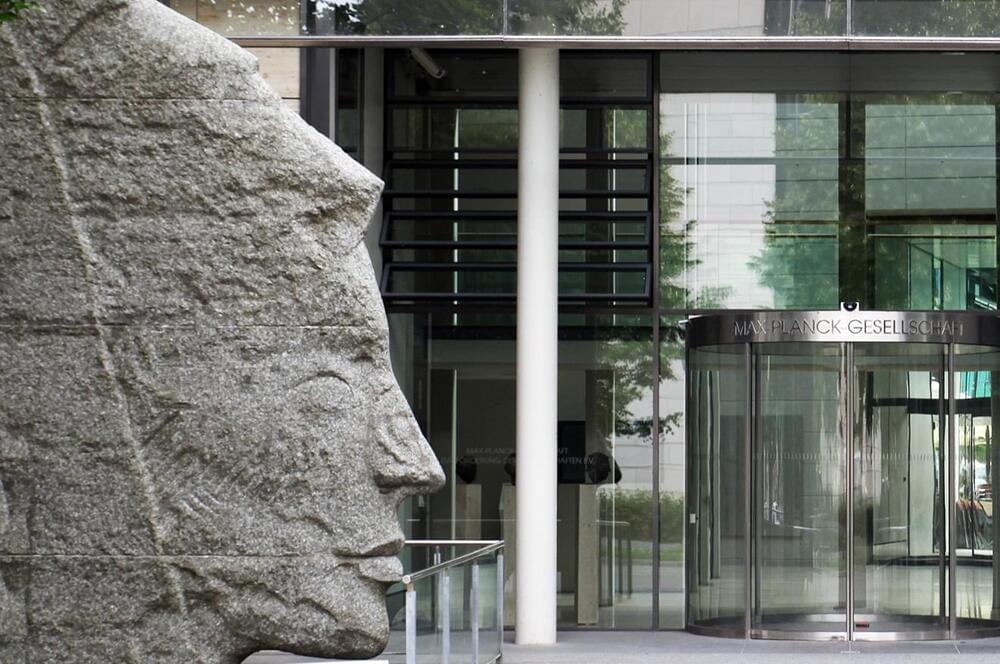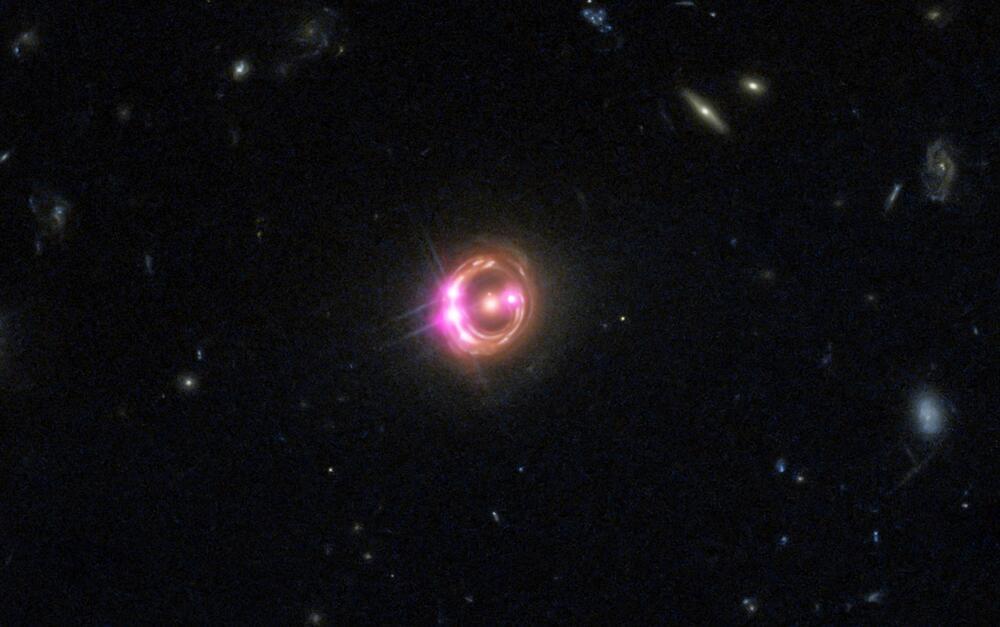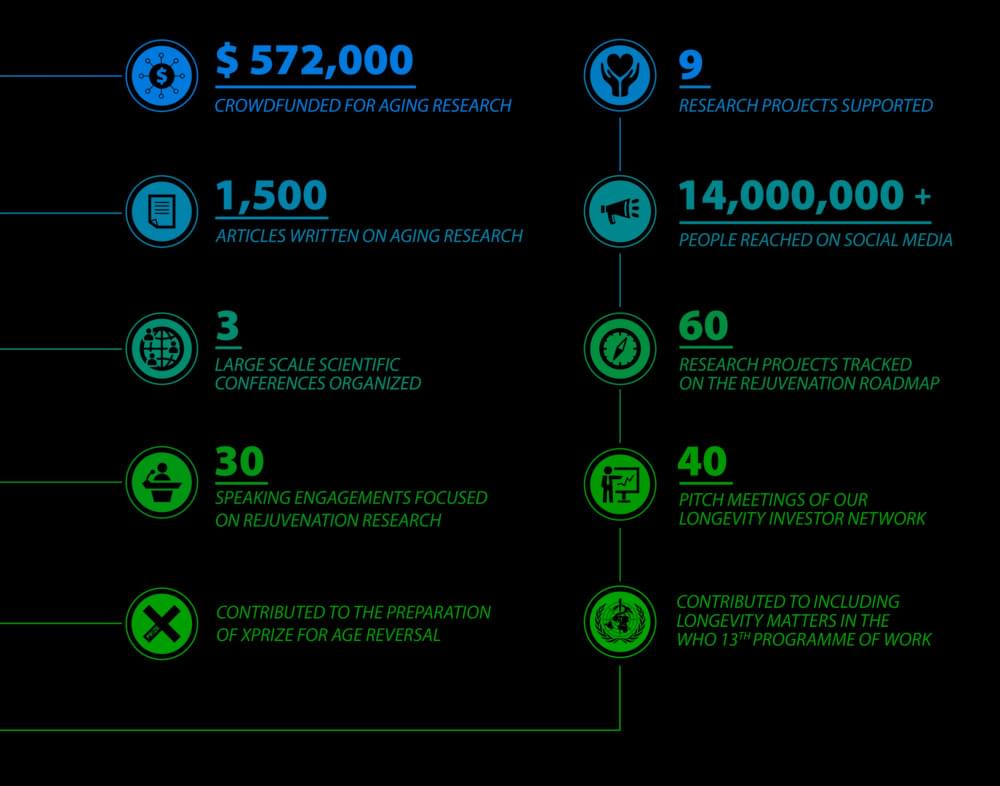Amazon and Max Planck Society announced the formation of a Science Hub—a collaboration that marks the first Amazon Science Hub to exist outside the United State… See more.
Amazon and Max Planck Society (also known as Max-Planck-Gesellschaft or MPG) today announced the formation of a Science Hub. The collaboration marks the first Amazon Science Hub to exist outside the United States and will focus on advancing artificial intelligence research and development throughout Germany.
The hub’s goal is to advance the frontiers of AI, computer vision, and machine learning research to ensure that research is creating solutions whose benefits are shared broadly across all sectors of society. To achieve that end, the collaboration will include sponsored research; open research; industrial fellowships co-supervised by Max Planck and Amazon; and community events funding to enrich the MPG and Amazon research communities.
The hub opens doors to further scientific collaboration with Max Planck Institutes (MPI), including the MPI for Intelligent Systems, the MPI for Software Systems, the MPI for Informatics, and the MPI for Biological Cybernetics.



